LAUREN BENNEY'S STORY
Lauren Victoria May Benney was born on 1st October 2002 in Lancashire, United Kingdom. We knew right from the start that Lauren had some big challenges ahead as a scan had shown massive brain damage. A termination had been offered but we strongly felt that she deserved every possible chance of life.
Lauren was born quite normally, didn’t score well on the AGPAR and couldn’t feed orally. She spent 5 weeks in neonatal. She was beautiful with thick blond spiky hair and big blue eyes. She was tube fed but the myriads of tests showed nothing abnormal to be found. Getting her home was our first challenge as she was so floppy her airway blocked if you sat her upright.
In those early days we were told she was blind, deaf, and she would never feed. Even then Lauren baffled doctors. We discovered she wasn’t deaf even though she failed all the tests. Lauren started drinking from a bottle and in time eating pureed foods so we finally got rid of the NG tubes.
We chose to have another baby and at 9 weeks pregnant it came to light that some tests ordered in neo natal hadn’t been reported on. The results all pointed to a metabolic problem, with high lactic acid levels. The mystery condition was confirmed as Pyruvate Dehydrogenase Complex Deficiency – Lauren was deficient in the enzyme needed to process carbohydrates.
Other than seizures Lauren did well. Way behind on milestones, needed assistance for everything and couldn’t sit up, roll or talk but she was eating well albeit slowly and although she didn’t smile she didn’t cry a lot either. We adored her as did everyone who met her.
At about 3years old Lauren began struggling with infections. Every cold became an issue as she couldn’t clear the secretions. She was in hospital a lot and she was getting increasingly tired. Her feeding was also deteriorating. We could only feed her three types of food and that reduced almost weekly to just yoghurt. Eventually we reverted back to the NG tubes and Lauren deteriorated fast. She ended up in ICU on a ventilator where she stayed for about 2 months.
Doctors were baffled until a fellow PDCD family suggested the ketogenic diet. Within a few days she was much better and brighter, and it was agreed that a tracheostomy might help. Lauren finally came home 4 months later.
Lauren went from strength to strength. She started school, began smiling, took up horse riding and became more alert and aware of everything. We went on many holidays and did something special every Christmas. Her birthdays were always a great cause for celebration and we did something extra special every year. Her tenth birthday was set to be a huge party with live music, lights and spectacular dresses had we made it. She learnt how to manipulate people with great success. She won awards at school and was even on the TV. We gave her every opportunity, tried to let her experience everything and made as many memories as possible. Lauren had outlived her prescribed 4 years and every year now was a bonus.
In the last year or so, Lauren began batting at toys; she seemed to be more aware of her hands and what she could do. It was wonderful to see and her teachers were thrilled. With it, however, came repeat infections. She was already on small amounts of oxygen but she seemed to be losing her colour quicker and more frequently. She was also struggling to maintain her body temperature. Nothing was normal and she became very complex to nurse. She was still happy, cheeky and smiley and displayed an immense strength of character.
The next few hospital admissions which came in quick succession saw her going straight to HDU and straight onto a respiratory stimulant which helped for a while. Eventually she was allowed home on the drug. We knew it wouldn’t hold her forever but hoped it might give us a few more months. She died at home just days later aged 9 ½ years old. She fought the condition to the end and it ultimately won but sadly it was always going to.
Throughout Lauren’s life she touched many people’s hearts and was an inspiration to everyone. Considering her health was often fragile she went to school and lived a full life. She adored her three siblings, noise, lights, sunshine, going out, showers and cuddles. She was our princess.
Each year, up to one in 2,000 children develop a mitochondrial disease by age 10, Most of which will not survive beyond their teenage years. We hope that one day the medical world will have the resources to help children like Lauren win their battle with mito disease.

